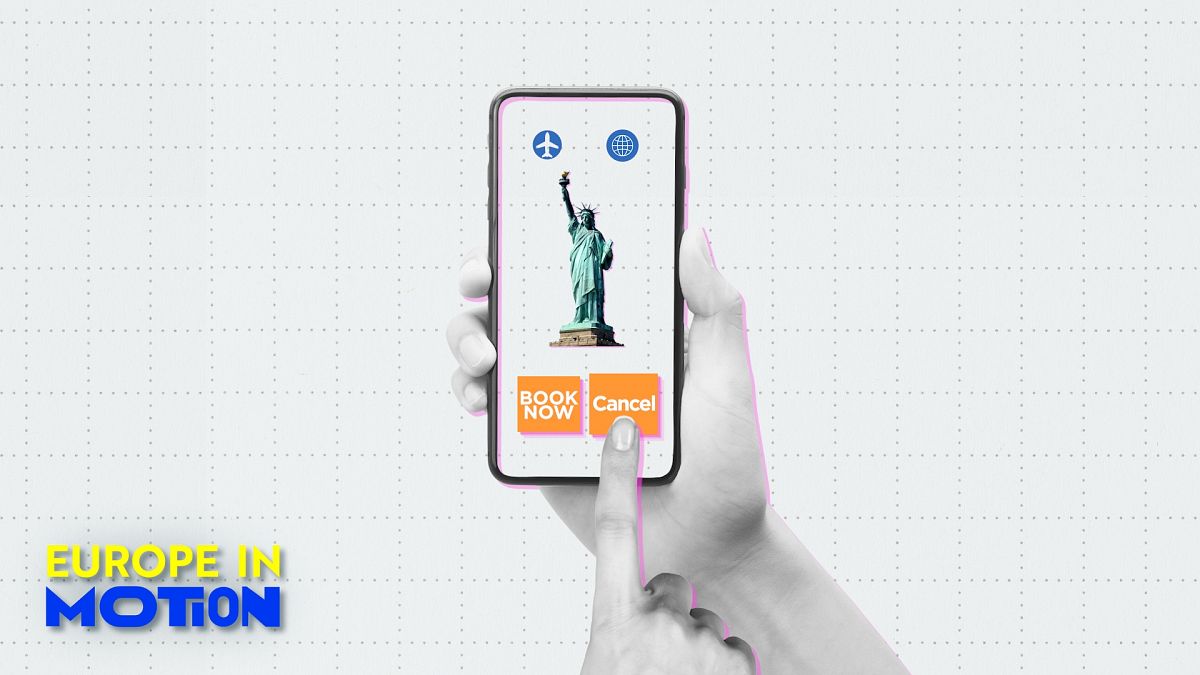Introduction
Declining European Tourism: The Trump Effect on US Travel, Since Donald Trump assumed the office of President of the United States in January 2017, the global political landscape has shifted dramatically. However, one of the less expected consequences emerged in the world of international travel. Specifically, European tourism to the United States experienced a noticeable decline. This phenomenon sparked discussions about a possible “tourism boycott,” raising concerns within the American travel industry and beyond.
The Initial Impact of Trump’s Policies
Immediately after taking office, President Trump implemented several controversial policies, most notably the travel ban targeting several Muslim-majority countries. Although this ban did not directly affect European citizens, it significantly altered the perception of the United States as a welcoming travel destination. Consequently, many Europeans began re-evaluating their vacation plans.
In addition, Trump’s rhetoric on immigration, nationalism, and trade often alienated foreign audiences. European travelers, who traditionally made up a significant percentage of inbound tourists, found themselves questioning whether they felt safe or welcome in the US. As a result, travel bookings from Europe to America began to decline.
Statistical Evidence of the Decline
According to data from the U.S. Travel Association, international travel to the United States fell by approximately 4% in 2017 compared to the previous year. More specifically, statistics revealed that bookings from major European countries like Germany, the United Kingdom, and France dropped noticeably.
For instance, German travel agencies reported a 20% decrease in bookings to the U.S. during the summer months of 2017. Similarly, British tour operators observed a downturn, attributing the trend to a mixture of political unrest and currency fluctuations following Brexit, exacerbated by Trump’s policies and image.
The Role of European Media
European media played a significant role in shaping public perception. Major outlets such as The Guardian, Der Spiegel, and Le Monde regularly featured critical stories about Trump’s administration. These reports did not merely focus on policy but also highlighted incidents of discrimination and violence within the U.S.
Consequently, many Europeans felt apprehensive about visiting a country that, according to these reports, seemed increasingly unstable and hostile to foreigners. In some cases, public figures and celebrities even called for an outright boycott of American tourism as a form of protest against the Trump administration’s actions.
Economic Consequences for the U.S. Travel Industry
This downturn in European travel had tangible economic consequences. International tourists spend significantly more per capita than domestic travelers, so even a slight decrease impacts the broader economy. Cities like New York, Los Angeles, and Orlando, which traditionally relied heavily on European visitors, reported noticeable dips in tourism revenue.
Moreover, hotel chains, airlines, and attractions that catered to international tourists faced revenue shortfalls. In response, many travel agencies and local governments ramped up marketing efforts in other regions, such as Asia and South America, in an attempt to compensate for the lost European business.
Alternative Destinations Gained Popularity
While travel to the U.S. declined, alternative destinations saw a corresponding surge in popularity. European tourists who once traveled to America increasingly chose Canada, Mexico, and destinations within Europe itself.
Canada, in particular, benefited greatly. The country’s welcoming immigration policies, multicultural cities, and stunning natural landscapes attracted travelers who might otherwise have visited the United States. Similarly, destinations like Spain, Portugal, and Greece saw tourism boosts as travelers sought sunny getaways without crossing the Atlantic.
Efforts to Reverse the Trend
Recognizing the growing problem, various stakeholders within the U.S. tourism sector launched initiatives to rebuild the country’s image abroad. Campaigns such as “Visit the USA” highlighted the nation’s diversity, natural beauty, and cultural richness while intentionally steering clear of political discussions.
Furthermore, some local tourism boards partnered with European influencers and travel bloggers to present a more personal and positive image of American cities and landmarks. These efforts yielded modest success, but overcoming the broader negative perceptions proved challenging as long as Trump’s presidency dominated international headlines.
Conclusion
The decline in European travel to the United States during Donald Trump’s presidency illustrates how political leadership can deeply influence international tourism. Negative perceptions driven by controversial policies, hostile rhetoric, and media coverage led many Europeans to boycott or avoid American destinations.
Although the travel industry fought hard to mitigate the damage, the effects were undeniable. This situation serves as a stark reminder that in today’s interconnected world, political decisions do not remain confined within national borders—they ripple across industries and communities worldwide.




